RF current probes can be embedded into EMCview, using a suitable correction / conversion file. This
application note elaborates the simple mathematical procedure to convert RF current probe characteristics, typically specified as transfer impedance in dBΩ or transducer factor in db(1/Ω) into a suitable correction fil for EMCview.
RF current probe noise measurement specification in dBµA
Following example curve shows conducted noise limits for measurements with RF current probes. The limits are given in dBµA.

The limits are given in dBµA, whereas EMCview software extracts measurement values from spectrum
analyzers in dBµV. Thus we need to convert from dBµV into dBµA.
Using Ohm’s Law:
I = U / R
Applying logarithms:
log(I) = log(U / R)
→ log(I) = log(U) – log(R)
Now, express Ω in dB:
dB(Ω) = 20 × log(Z)
Thus:
dBµA = dBµV – 20 × log(Z)
or
dBµV = dBµA + 20 × log(Z)
Example with R&S EZ-17 RF Current Clamp
If we take a look at the RF current clamps of R&S, model EZ-17, we see that we don´t even need to convert into dB(Ω). We can extract the transducer factor, means the reciprocal value of the transfer impedance directly from the curve:

| Transfer Impedance Z | ||
| In range with the constant transducer factor | 3.16 Ω | 7.1 Ω |
| Transducer factor k¹ in range with flat frequency response | -10 dB (1/Ω) | -17 dB (1/Ω) |
¹) The manual contains a table specifying the transducer factor from 20 Hz to 200 MHz.
The transducer factor k is calculated as k = 20 log (1/Z) where Z is the transfer impendance.
According to logarithmic laws log(1/z) = -log(z), means we take the values from the curve and enter it into the LISN correction file with inverted sign.
| Correction Coefficients for model 02 | |
| Frequency | Correction Coefficient |
| 30Hz | -80dB |
| 100Hz | -70dB |
| 1kHz | -50dB |
| 10kHs | -30dB |
| 100kHz | -10dB |
| 1MHz | 6dB |
| 10MHz | 10dB |
| 100MHz | 9dB |
| Correction Coefficients for model 03 | |
| Frequency | Correction Coefficient |
| 30Hz | -80dB |
| 100Hz | -70dB |
| 1kHz | -50dB |
| 10kHs | -30dB |
| 100kHz | -10dB |
| 1MHz | 10dB |
| 10MHz | 16dB |
| 100MHz | 15dB |
In the case of a Fisher current probe, the transfer impedance is also already specified as logarithmic values:

Assuming that we use the above Fisher Probe and assuming that the spectrum analyser measures a value of 40dBµV at 1MHz:
From the Fisher data sheet we extract a transfer impedance of approximately -38dB(Ohm) at 1kHz Under application of dBµA = dBµV – 20log(Z):
-> 40dBµV – (-38dBOhm) = 78dBµA which means that the measured value of 40dBµV corresponds with a current of 78dBµA
Assuming that we measure 25dBµV at 1MHz, we derive a transfer impedance of 0dB(Ohm) from the curve.
-> 25dBµV-0dBOhm = 25dBµA
Using EMCview software we would take a „LISN“ file and simply enter the values oft he transfer impedance curve:
| Frequency | Correction Coefficient |
| 1kHz | -38dB |
| 10kHz | -18dB |
| 100kHz | -3dB |
| 1MHs | 0dB |
| 10MHz | 0dB |
| 100MHz | 0dB |
The values shown by EMCview can then be considered being dBµA.
How to Shop?
- Online: Browse our collection directly on our website. https://telonic.co.uk/
- Contact Us: For more information, reach out to our sales team at https://telonic.co.uk/contact/
















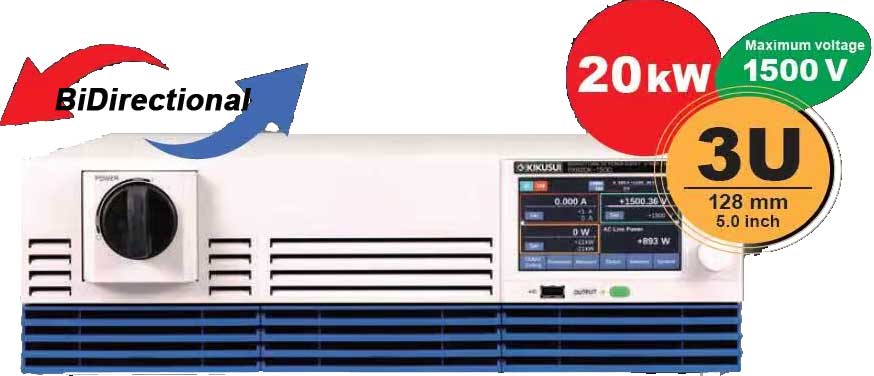





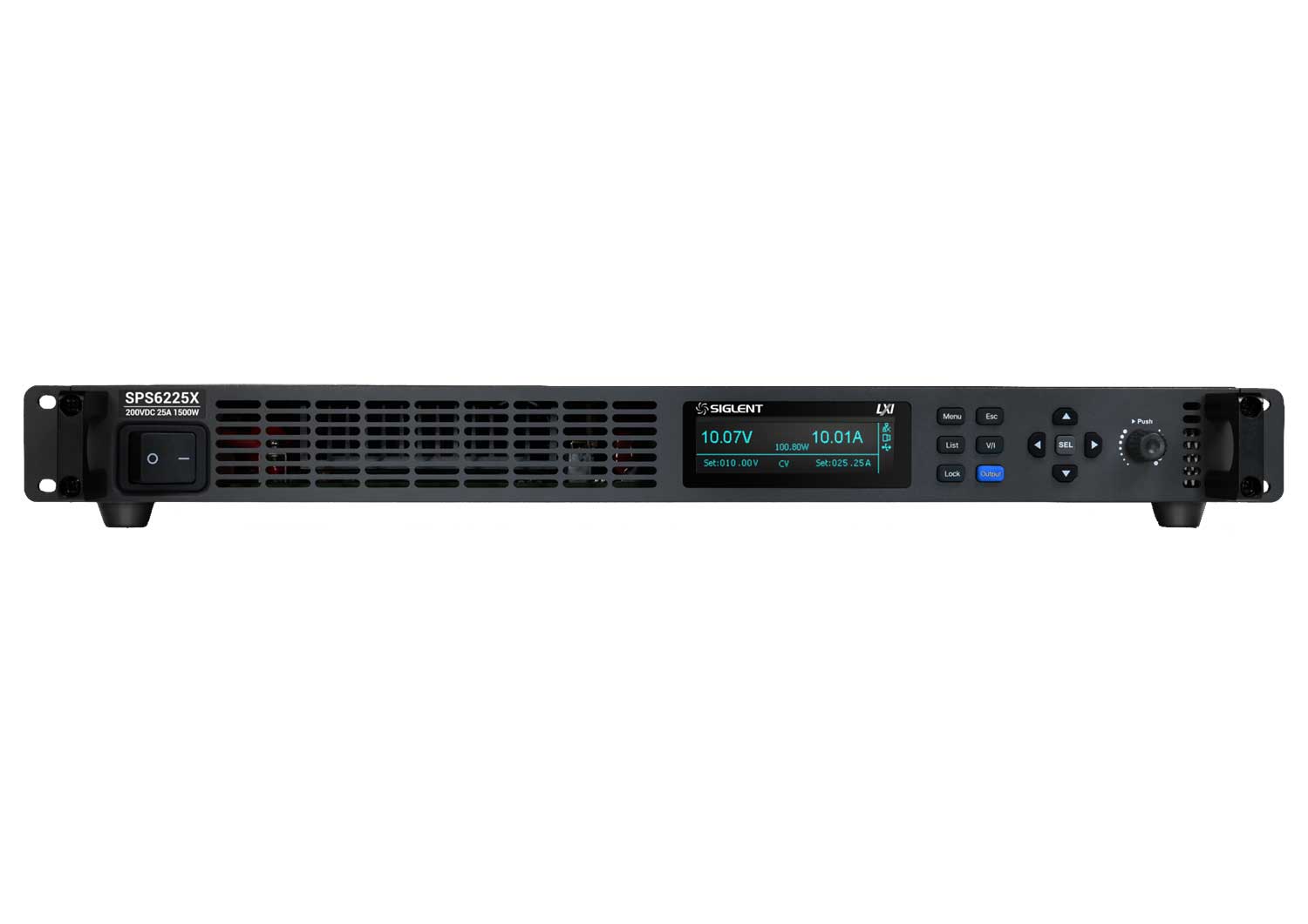

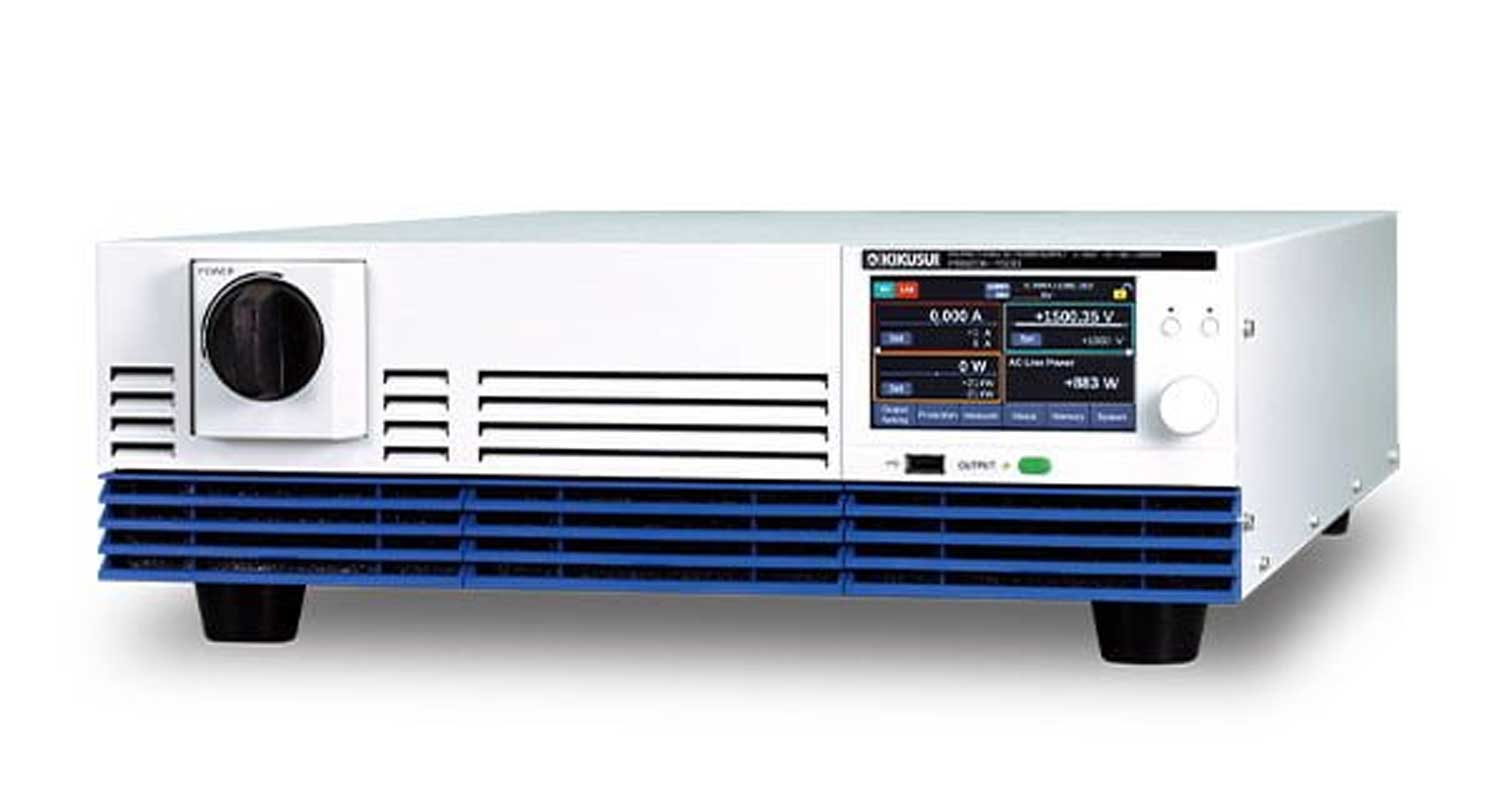
















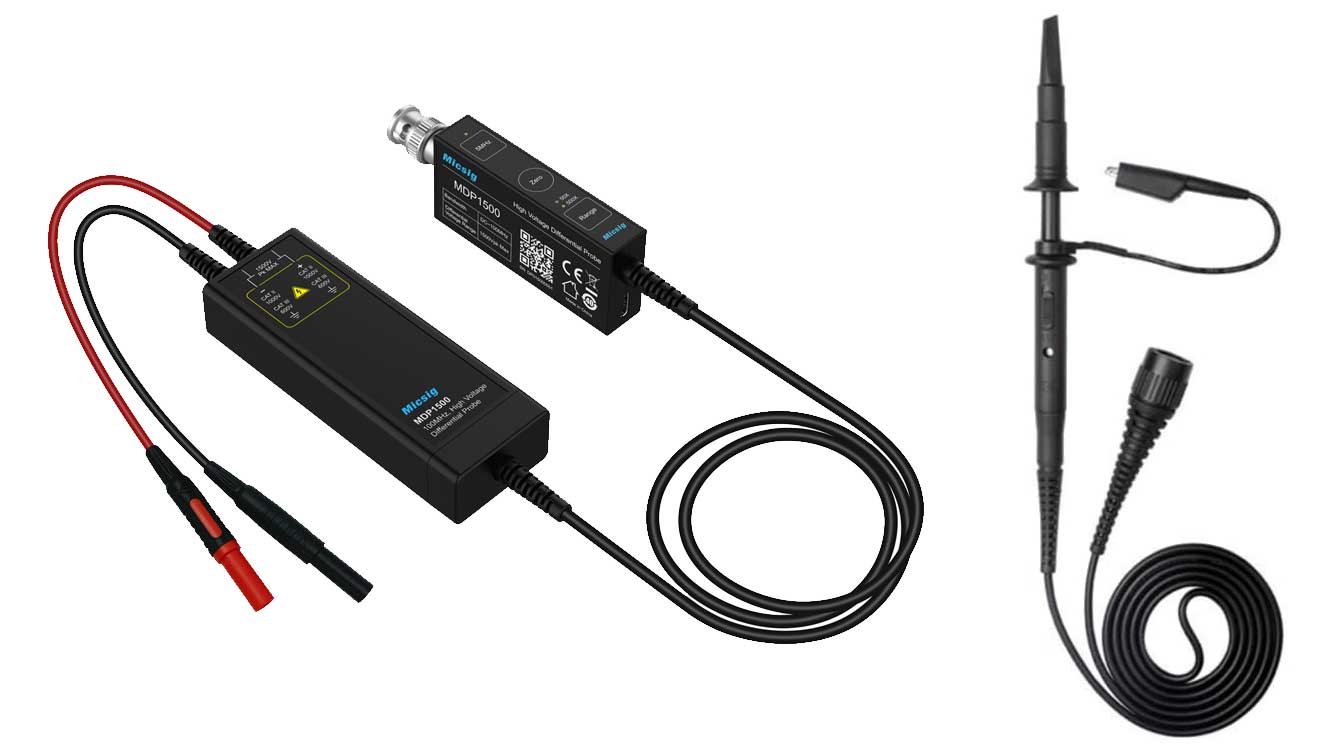









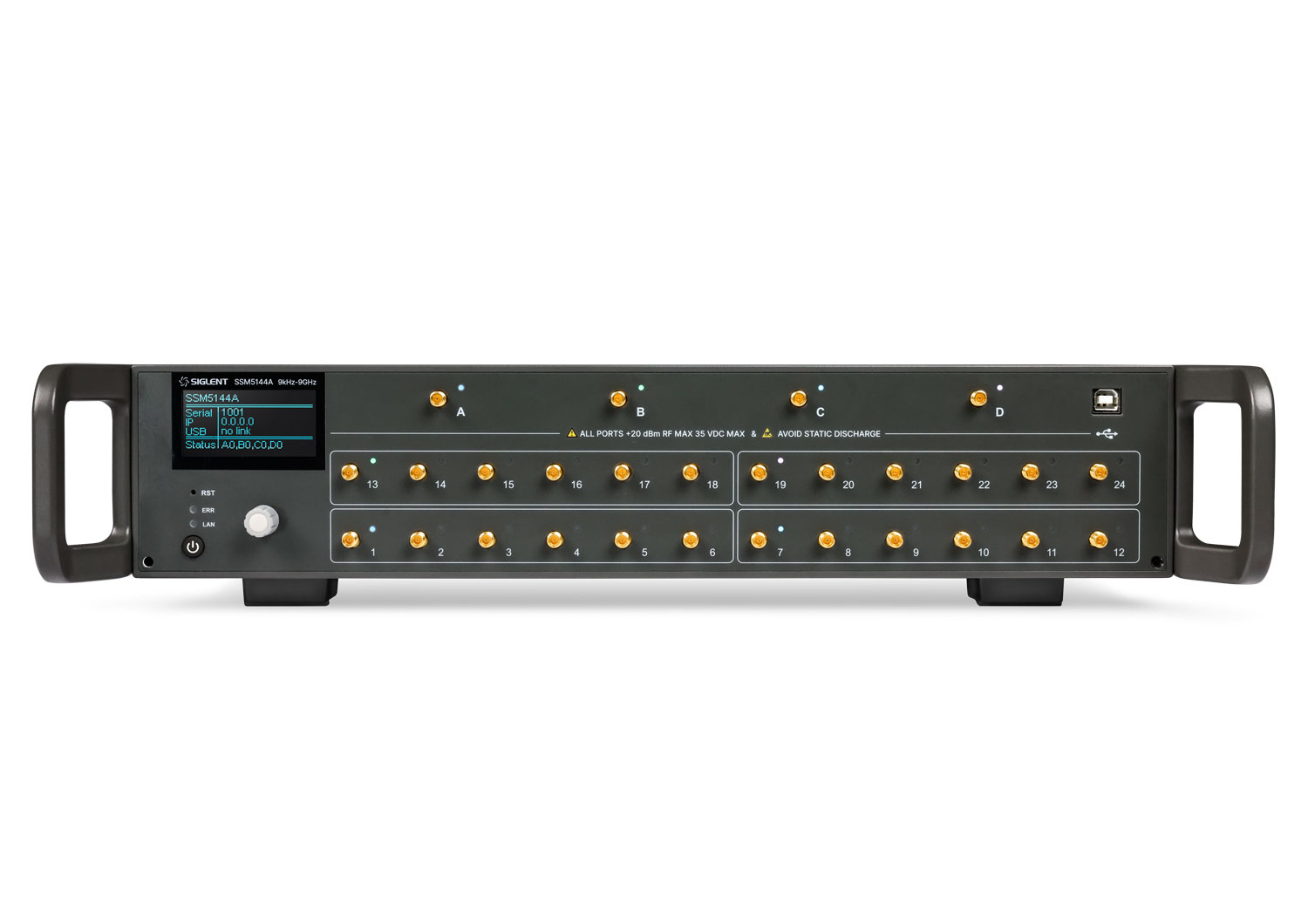












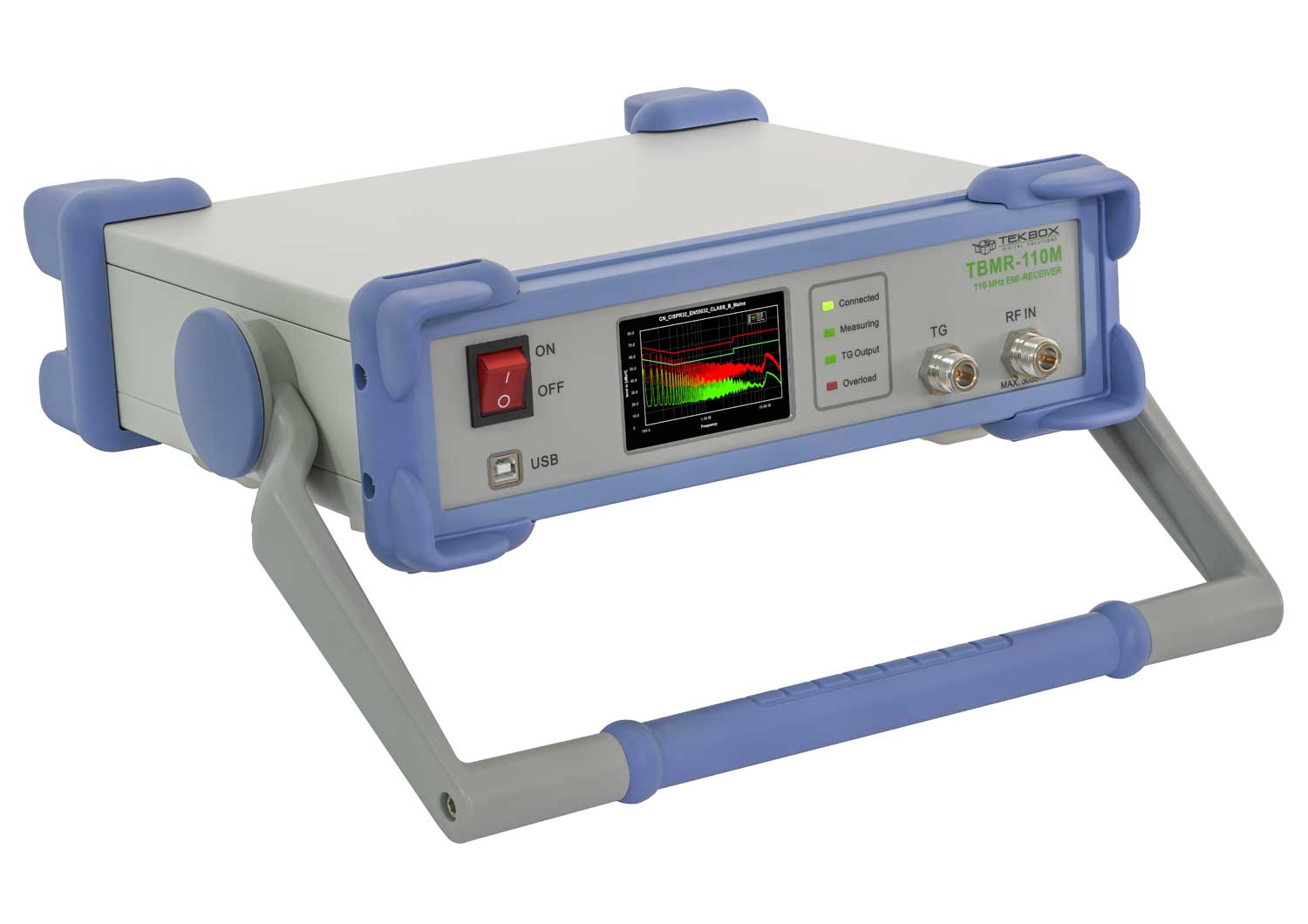


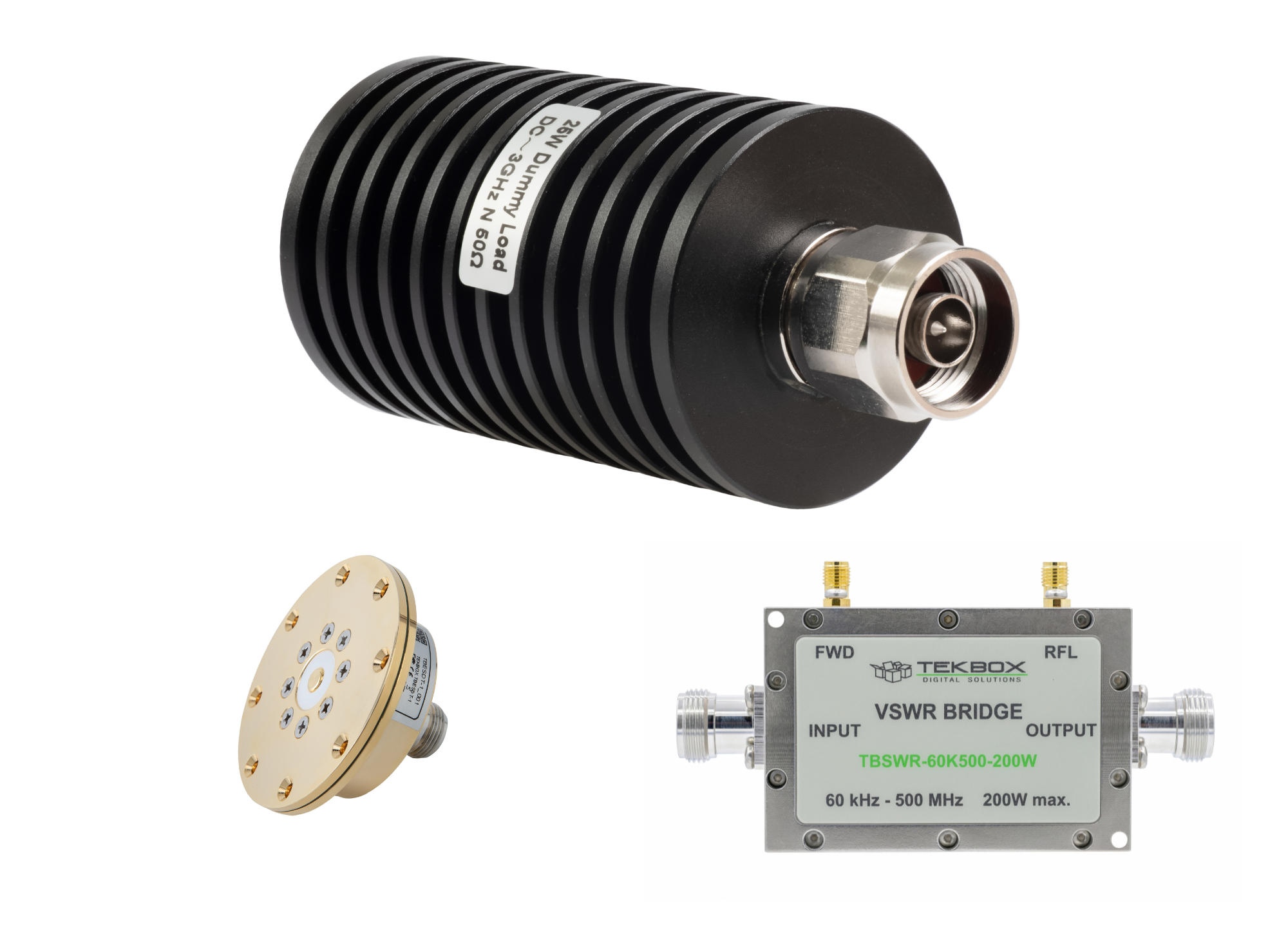




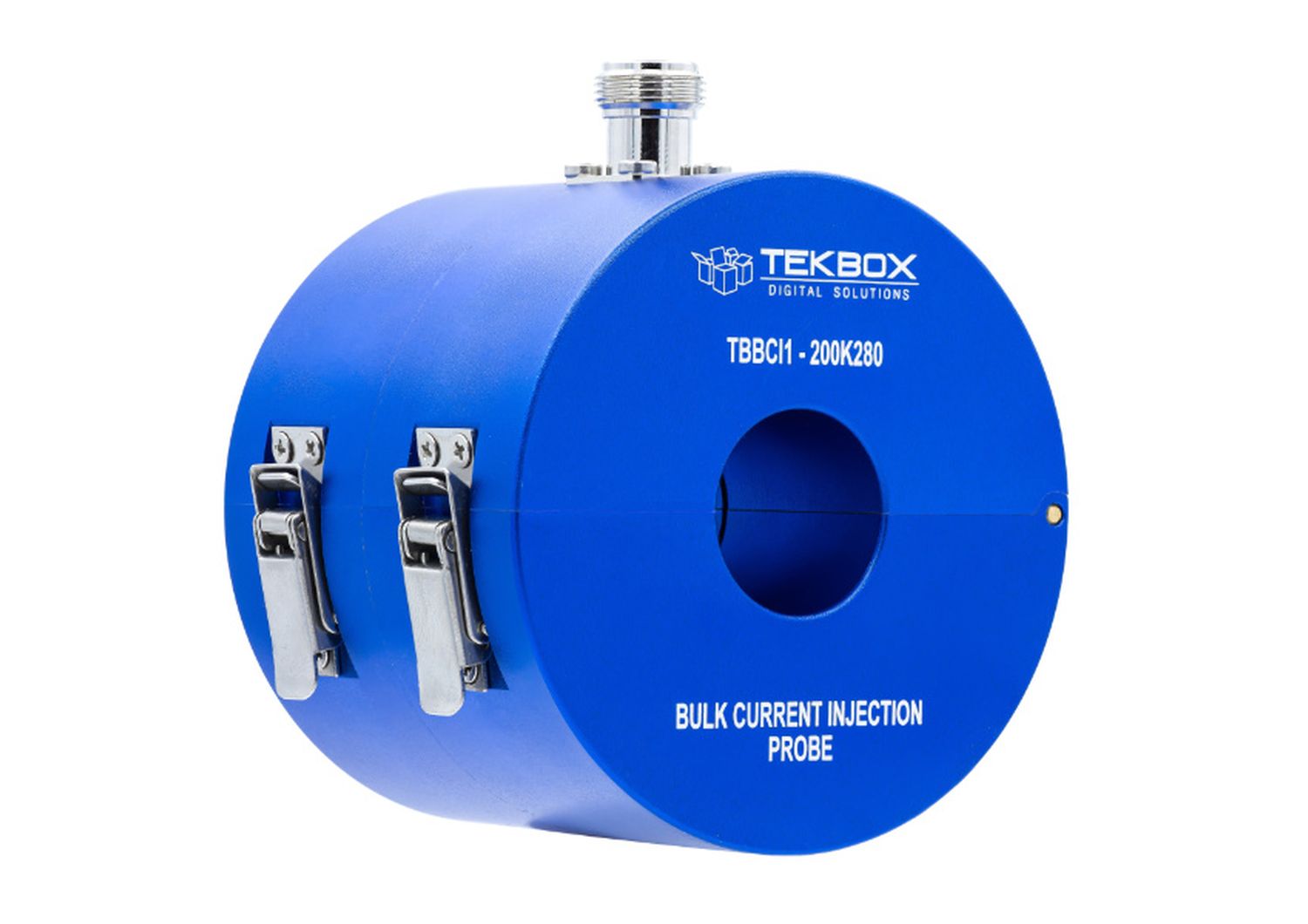




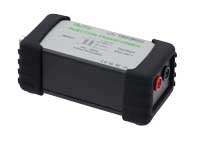















 FREE SHIPPING £75+
FREE SHIPPING £75+
 CELEBRATING 50+ YEARS
CELEBRATING 50+ YEARS
 PRICE MATCH GUARANTEE
PRICE MATCH GUARANTEE




